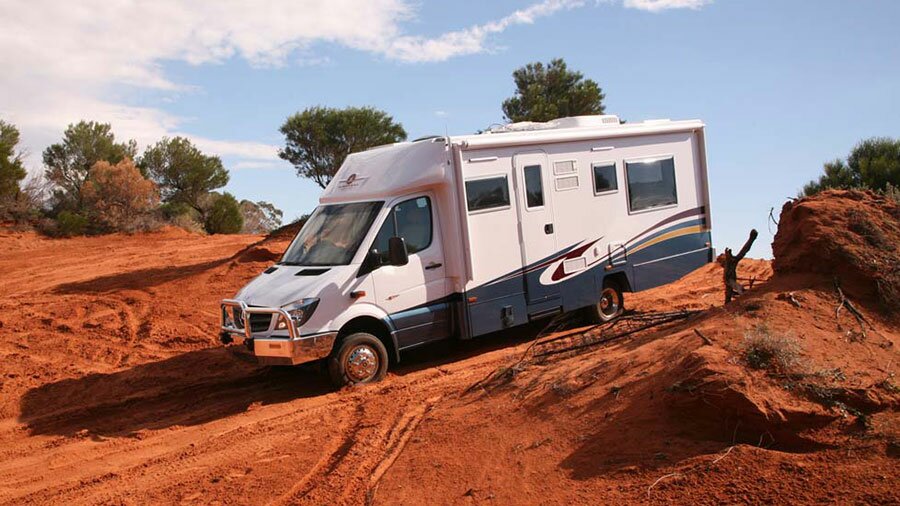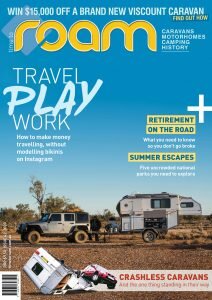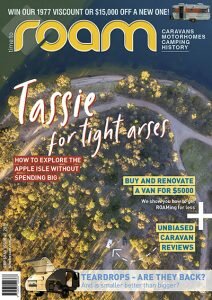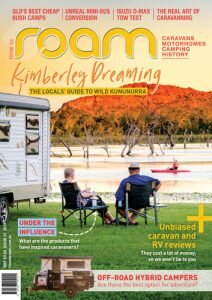Wirraway’s 4X4 takes off-road comfort to the extreme…
by iMotorhome
Four-wheel drive motorhomes are thin on the ground. There are some good reasons for that; mostly to do with either practicality or cost. Until a few years ago, those wanting to travel off-road either had the choice of something built on a Toyota Hilux 4X4 or Isuzu truck 4X4 (normally used in bushfire tankers) or something very expensive like a MAN 4X4 truck chassis. Iveco has changed the game somewhat with its compact Daily 4X4, currently only used by specialist manufacturers, but it was Mercedes Benz that made the most difference, with its 4X4 Sprinter in both van and cab-chassis form.
Mildura-based Wirraway Motorhomes builds on just about all the current range on Sprinter cab-chassis, so when a customer came along looking for 4X4 motorhome it wasn’t a difficult request to meet.
The Vehicle
For its standard motorhomes Wirraway normally supplies the Sprinter 516 CDI, with a 2.2-litre turbo-diesel producing 120 kW and 360 Nm. However, for a four-wheel drive a little more grunt helps, so the more powerful 519 CDI model is preferred. It’s a 3.0-litre turbo-diesel producing 140 kW and 440 Nm that drives through a 5-speed automatic transmission (2WD Sprinter auto are 7-speed).
In terms of motorhome construction, a box-section RHS aluminium frame supports a 12 mm plywood floor. Above that, composite styrofoam/fibreglass vacuum sealed panels form up the wall structure, which includes Seitz double-glazed hopper windows and a Dometic door with a fixed window. Two-pack epoxy paint is used on the entire body structure for increased durability as well as good looks.
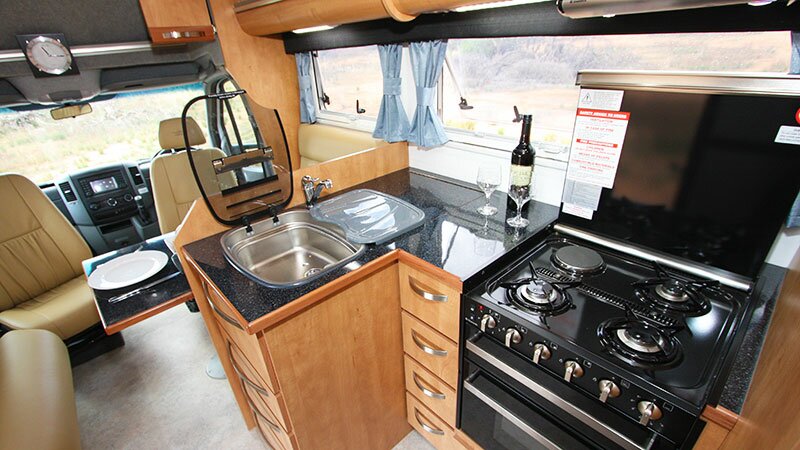
External storage is definitely a feature of Wirraway motorhomes! Instead of conventional lockers, most are drawers – with some having a dust sealing lid – and all are operated by remote control! Particularly handy is the rear drawer that’s at a very user-friendly height.
External drawers are certainly different to the usual set-up and an advantage is minimal bending over, including the gas cylinder bin (with 3 x 4.5 kg cylinders) and the storage for the 2 KVA generator. On the kerb side it also means a convenient table top for the adjoining slide-out BBQ. Another Wirraway feature is the automatic hose rewinder that has enough water pressure delivery that allows for washing the motorhome or pumping water from another source, like a river, without contaminating your potable supply. Very clever!
On The Road
The 519 CDI Sprinter powers along and it’s difficult to pick any difference to the more usual two-wheel drive, even in ride quality. Where the 4X4 did count was on some nice red-dirt tracks that Rob Tonkin, owner of Wirraway, managed to find. That was where the bigger V6 turbo-diesel really counted. It delivered enough power so the motorhome could easily climb the hilly tracks, while the 4X4 system delivered good traction. I gained the impression that even proprietor Tonkin was impressed with the vehicle’s abilities. Sure the 4X4 Wirraway doesn’t have the ground clearance, arrival/departure/ramp-over angles or toughness of a Land Cruiser, but it gives extra traction when needed and provides peace-of-mind when venturing onto gravel roads and in to bush campsites.
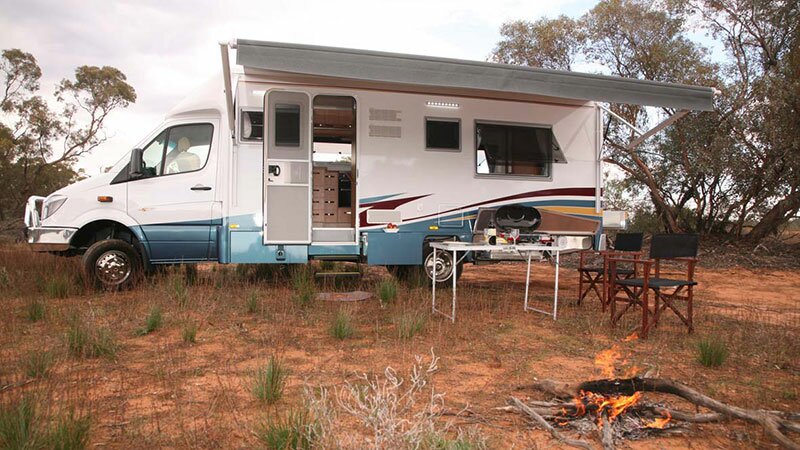
Living Inside
Wirraway has relatively few layouts in its range, but there’s nothing wrong with that. Far better in my opinion to keep refining a layout that already works well, rather than the scatter gun approach some manufacturers seem to use!
In this case the 4X4 has the Eurostyle 260 layout. It consists of an island bed in the rear with a split bathroom separating the bedroom from the front living area. Both cab seats swivel and work in well with sideways-facing lounges on either side and table in the middle. That leaves the central area for the entry door, plus the L-shaped kitchen bench on the driver’s side. Like many a layout, the result is bedroom/bathroom area in the rear and lounge/dining up the front. Generally speaking, the layout has been fairly evenly proportioned; that is no one area (like the front lounge) has been compromised too much because of, say, a large bathroom.
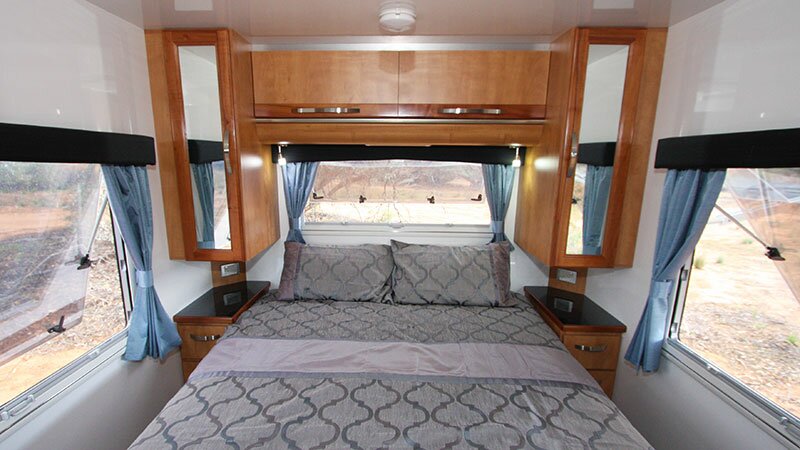
Tasmanian Myrtle timber or laminate is used for the all interior cabinetry and the end result is very pleasing to the eye. A feature of note are the large handles on all the cupboard doors and overhead lockers. Often, catches are quite small and not easy for those with arthritic fingers. Large roof hatches, generous window space and a glossy white ceiling all contribute to a light, bright interior. During the evening, well situated LED ceiling and under-locker lights do the same.
Link: Read the full review in Issue 18 of Time to Roam Australia.
- Breaking – Kirribilli House to be replaced with caravan - August 24, 2018
- ROAM Issue 33 – Read It Online - May 25, 2018
- Australia’s Best Bike Tracks Near Great Campsites - December 6, 2017
- Caravan Club Donates $1000 to RACQ Life Flight - December 5, 2017
- Motorhome Review – Horizon Melaleuca Appeal - October 21, 2017
- Winton’s Dunny Derby Run and Won - September 28, 2017
- Motorhome Review – Sunliner Habitat - September 14, 2017
- Top 5 Nomad Towing Mistakes - August 25, 2017
- Camper Trailer Review – Blue Tongue Overland XF 2 - August 17, 2017
- Video – Mal Leyland visits Eden and Pambula - August 1, 2017

